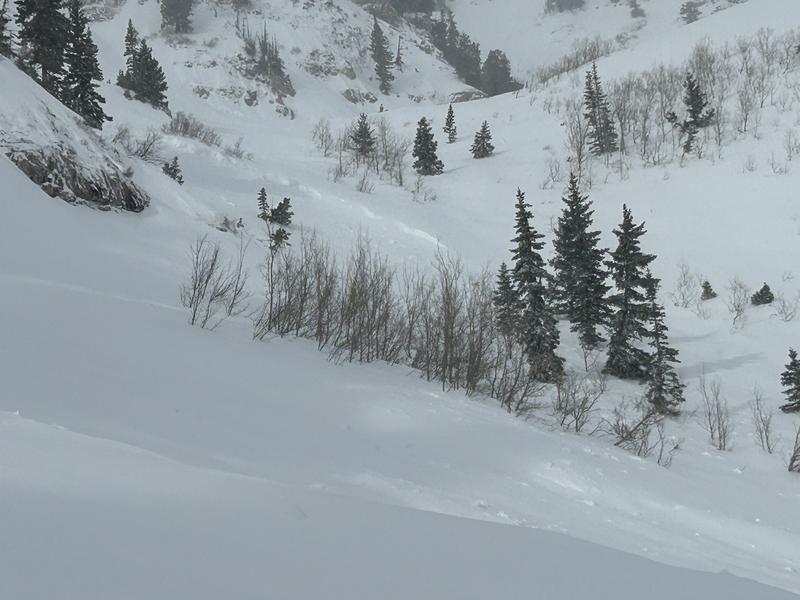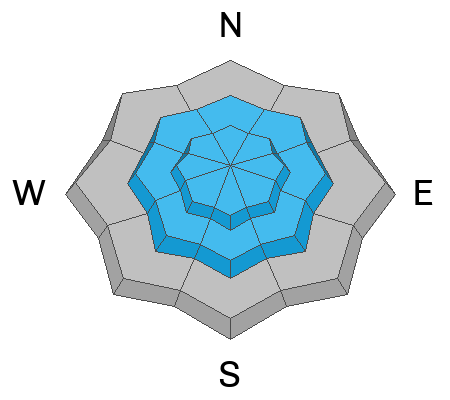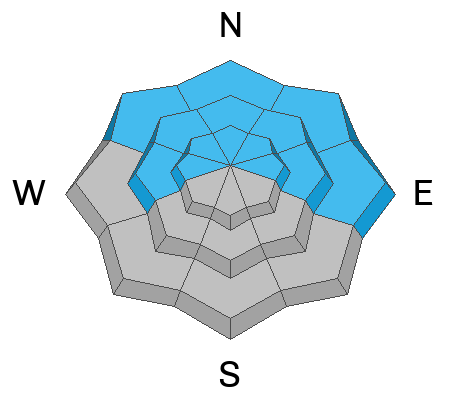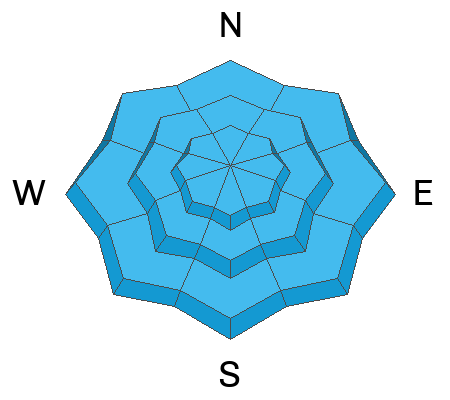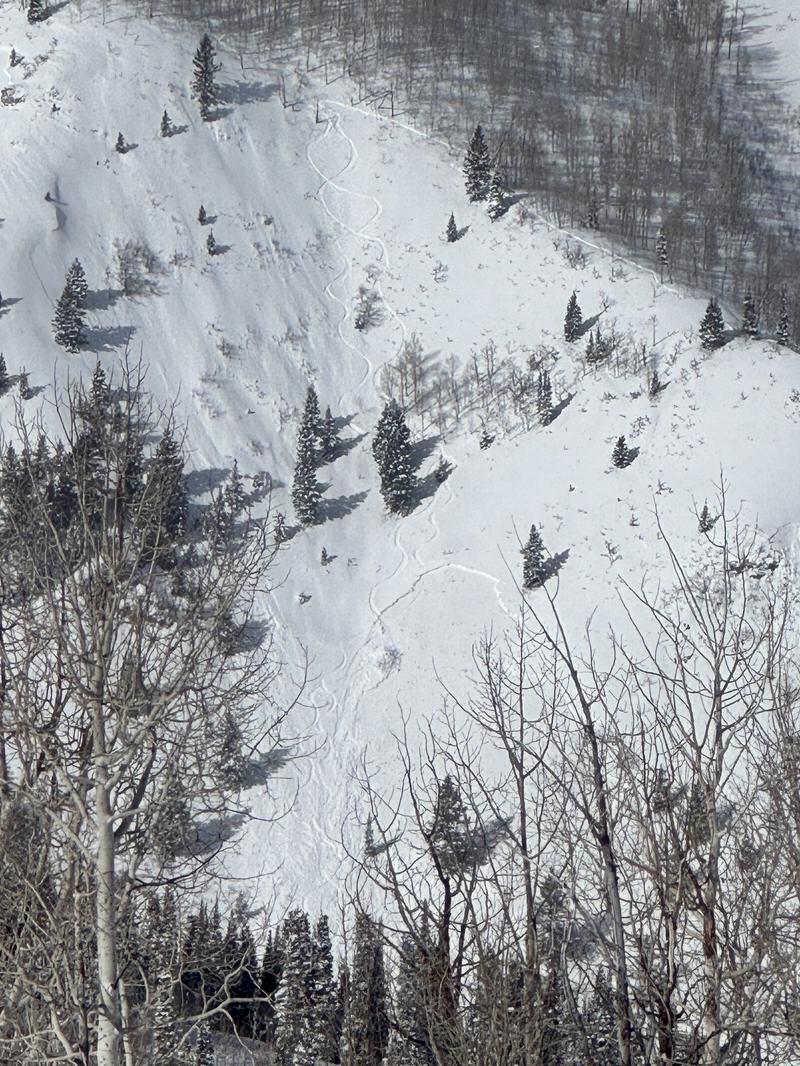Forecast for the Provo Area Mountains

Issued by Dave Kelly on
Sunday morning, February 16, 2025
Sunday morning, February 16, 2025
The avalanche danger is HIGH on all aspects and elevations where it is very likely that you will trigger a new or wind-drifted snow avalanche failing on one of many buried weak layers. These avalanches will be deep enough to bury, injure, or kill a person and could run long distances into lower elevation terrain. This is of particular concern to ice climbers and snow-shoers who may be in the runout zones for large avalanche paths.
What makes this snowpack complex is trying to outsmart it. If I respect it and give it time then things will change. Until then, lower angle terrain has great coverage and soft surface conditions are everywhere on slopes under 30°.
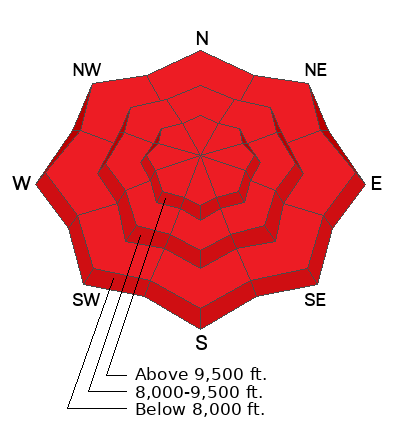
Low
Moderate
Considerable
High
Extreme
Learn how to read the forecast here


